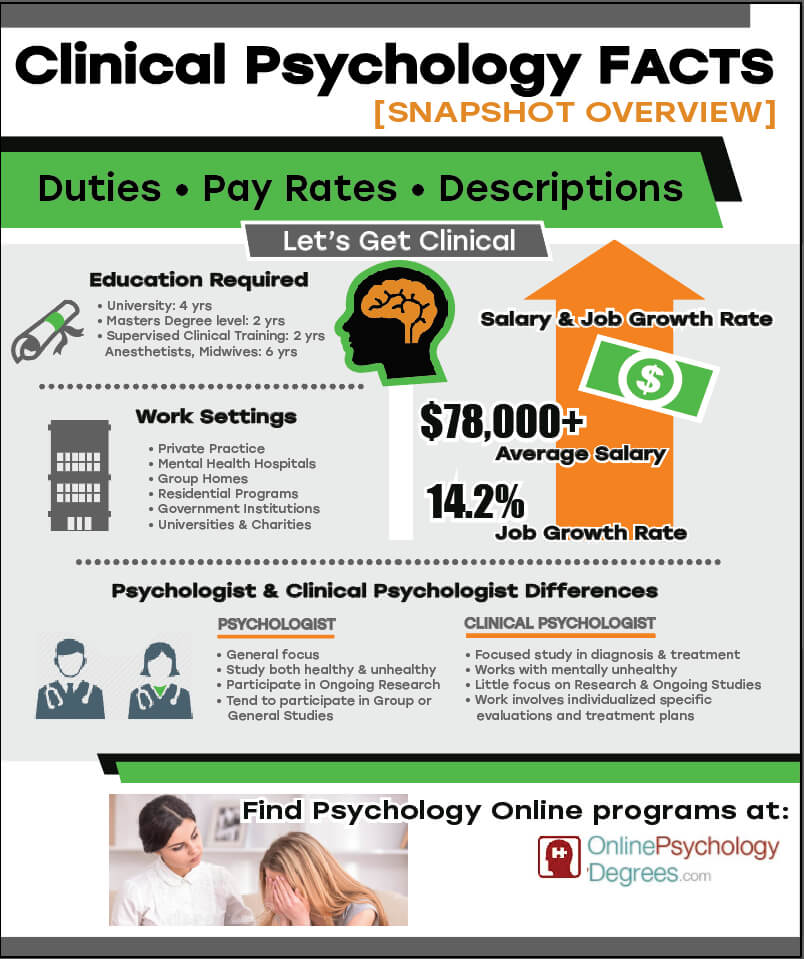How To Recognize Emotional Dysregulation In Kids
How To Recognize Emotional Dysregulation In Kids
Blog Article
What Types of Therapy For PTSD Are Available?
Therapy for PTSD helps you find out to handle your signs and symptoms and gain back control of your life. It can involve oral drugs or chat therapies. Psychotherapy, or talk treatment, is one of the most typical treatment for PTSD. It can take place individually or in a group setup.
Signs and symptoms of PTSD can vary from being easily stunned to staying clear of tasks and people. These signs can additionally influence family members and kids.
Cognitive behavior modification (CBT).
CBT concentrates on changing negative patterns of believing and actions that might be causing PTSD symptoms. This therapy is normally temporary and client-centered, with the therapist and client developing treatment objectives with each other. CBT has actually been shown to decrease PTSD signs in numerous professional trials using clinician-administered and self-report steps of PTSD. These outcomes are moderated mostly by adjustments in maladaptive cognitive distortions, with some researches reporting physiological, functional neuroimaging, and electroencephalographic changes correlating with reaction to CBT.
TF-CBT uses psychoeducation and imaginal exposure to instruct clients exactly how to much better control feelings and handle their injuries. This therapy has likewise been shown to enhance PTSD signs in kids and teenagers.
Eye motion desensitization and reprocessing (EMDR).
EMDR is an evidence-based therapy that works by assisting people process trauma utilizing adaptive information processing. It can be utilized by itself or with other therapies. It has been shown to be effective in treating PTSD. EMDR is widely used around the world.
It begins with history-taking and a collaborative treatment plan. During this phase, you will talk about the reason you are seeking therapy and identify traumatic memories you intend to concentrate on. The specialist will certainly likewise show you methods to handle any type of hard or upsetting emotions that may arise throughout a session.
Throughout the recycling phase, you will certainly recall a traumatic memory while taking note of a back-and-forth movement or sound (like your service provider's hand moving across your face) until the adverse photos, ideas, and feelings associated with it begin to diminish.
Somatic experiencing.
A specialist that focuses on this method will help you familiarize the physical experiences that accompany your PTSD signs. They'll likewise instruct you how to identify your free nerves and its function in the trauma response.
Unlike various other injury treatments, somatic experiencing doesn't focus on memories or feelings. Rather, specialists work to release the stress from your body and eliminate your signs.
This treatment has been located efficient in a number of randomized controlled tests. Nonetheless, the results from these studies are restricted by tiny sample sizes and various other technical deficiencies. These shortcomings restrict the exterior credibility of these findings.
Present-centered therapy.
Present-centered treatment (PCT) is a non-trauma concentrated psychotherapy that aims to improve people' partnerships, impart hope and optimism, and promote analytic. While PCT does not have exposure and cognitive restructuring techniques of trauma-focused treatments, it has actually been shown to be as effective in reducing PTSD signs and symptoms as trauma-focused CBTs.
In a collection of eleven research studies, PCT was compared to a delay listing or minimal contact control problem and to TF-CBT. PCT transcended to the WL/MA conditions in reducing self-reported PTSD signs and symptoms at post-treatment, and it was connected with decreased treatment failure rates. However, the result dimension was not large sufficient to be scientifically significant.
Meditation.
Meditation assists people calm their nervous systems and practice self-care. This therapy focuses on the physical sensation of breathing, and people might obtain sidetracked by ideas or feelings, however it is very important to return their emphasis to the breath time and again.
PTSD influences not just those that have actually straight experienced the injury, yet additionally witnesses and those that collaborate with emergency situation -responders or police. Signs of PTSD can consist of intrusive, distressing memories, flashbacks or headaches, and problem concentrating or sleeping.
Avoiding unpleasant memories and feelings is a common response to injury, yet it just mental health hotlines makes signs worse. It is essential to seek treatment before PTSD hinders your life and partnerships.
Twin medical diagnosis therapy.
Signs and symptoms of co-occurring PTSD and material make use of disorder (SUD) are frequently linked and both should be attended to in recuperation. Individuals that experience PTSD can be more probable to turn to alcohol or medicines to self-medicate and temporarily alleviate intrusive thoughts, flashbacks and negative mood swings.
PTSD signs include frequent and spontaneous traumatic memories or dreams, vivid and dissociative reactions that feel like experiencing again the occasion, preventing areas, individuals, discussions, or objects associated with the trauma, feelings of hypervigilance and being always on guard or quickly stunned, and sensations of psychological feeling numb.
Dual diagnosis treatment includes treatment and discovering healthier coping mechanisms. It may also involve pharmacotherapy, such as antidepressants or mood stabilizers.